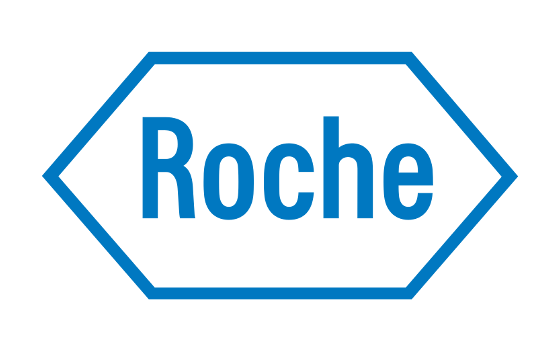 Roche (SIX: RO, ROG; OTCQX: RHHBY) announced the introduction of the Roche Digital Pathology Open Environment that allows software developers to easily integrate their image analysis tools for tumour tissue with Roche's uPath enterprise software, an application for pathologist workflow. This open environment allows for the secure exchange and flow of data so that pathologists can access advanced algorithms from third parties alongside Roche's menu of artificial intelligence-based image analysis tools. This enables software developers globally to distribute their digital products through Roche’s uPath software, offering a broader set of diagnostic tools for pathologists and ultimately the potential for better and faster answers for patients.
Roche (SIX: RO, ROG; OTCQX: RHHBY) announced the introduction of the Roche Digital Pathology Open Environment that allows software developers to easily integrate their image analysis tools for tumour tissue with Roche's uPath enterprise software, an application for pathologist workflow. This open environment allows for the secure exchange and flow of data so that pathologists can access advanced algorithms from third parties alongside Roche's menu of artificial intelligence-based image analysis tools. This enables software developers globally to distribute their digital products through Roche’s uPath software, offering a broader set of diagnostic tools for pathologists and ultimately the potential for better and faster answers for patients.
As artificial intelligence tools proposed for clinical use continue to develop, industry and research partners may leverage Roche's Open Environment. This access expands the ability for pathologists to more easily read images generated from the VENTANA DP 200 slide scanner, which is needed for image analysis algorithm development. This also allows for partnerships between researchers and developers, which can result in greater access to innovative imaging tools for laboratories and healthcare providers for both research and clinical use.
"Roche is at the center of digital transformation for pathology, and is investing heavily in this innovation to improve patient outcomes," said Thomas Schinecker, CEO Roche Diagnostics. "Providing pathologists with access to innovative digital tools from Roche and our collaborators through an open environment is critical for laboratory customers and the patients they serve."
About Roche Digital Pathology
As the leading provider of pathology lab solutions, Roche is delivering the end-to-end digital pathology solution from tissue staining to producing high-quality digital images that can be reliably assessed using automated clinical image analysis algorithms. We minimise variables that can impact analysis, and it is this end-to-end development that produces the quality results healthcare providers and researchers can depend on. With the acceleration of immunotherapy and the development of more complex assays, Roche is moving these traditionally research-oriented tools into routine clinical practice and is committed to investing in and shaping the future of pathology. Find more information.The VENTANA DP 200 slide scanner and Roche uPath enterprise software are CE-IVD marked for in-vitro diagnostic use and are available in the U.S. for research use only (RUO). Image analysis algorithms developed by third-party entities and their utilisation are the responsibility of the third party provider.
About Roche
Roche is a global pioneer in pharmaceuticals and diagnostics focused on advancing science to improve people's lives. The combined strengths of pharmaceuticals and diagnostics, as well as growing capabilities in the area of data-driven medical insights help Roche deliver truly personalised healthcare. Roche is working with partners across the healthcare sector to provide the best care for each person.Roche is the world's largest biotech company, with truly differentiated medicines in oncology, immunology, infectious diseases, ophthalmology and diseases of the central nervous system. Roche is also the world leader in in vitro diagnostics and tissue-based cancer diagnostics, and a frontrunner in diabetes management. In recent years, Roche has invested in genomic profiling and real-world data partnerships and has become an industry-leading partner for medical insights.
Founded in 1896, Roche continues to search for better ways to prevent, diagnose and treat diseases and make a sustainable contribution to society. The company also aims to improve patient access to medical innovations by working with all relevant stakeholders. More than thirty medicines developed by Roche are included in the World Health Organization Model Lists of Essential Medicines, among them life-saving antibiotics, antimalarials and cancer medicines. Moreover, for the twelfth consecutive year, Roche has been recognised as one of the most sustainable companies in the Pharmaceuticals Industry by the Dow Jones Sustainability Indices (DJSI).
The Roche Group, headquartered in Basel, Switzerland, is active in over 100 countries and in 2020 employed more than 100,000 people worldwide. In 2020, Roche invested CHF 12.2 billion in R&D and posted sales of CHF 58.3 billion. Genentech, in the United States, is a wholly owned member of the Roche Group. Roche is the majority shareholder in Chugai Pharmaceutical, Japan.